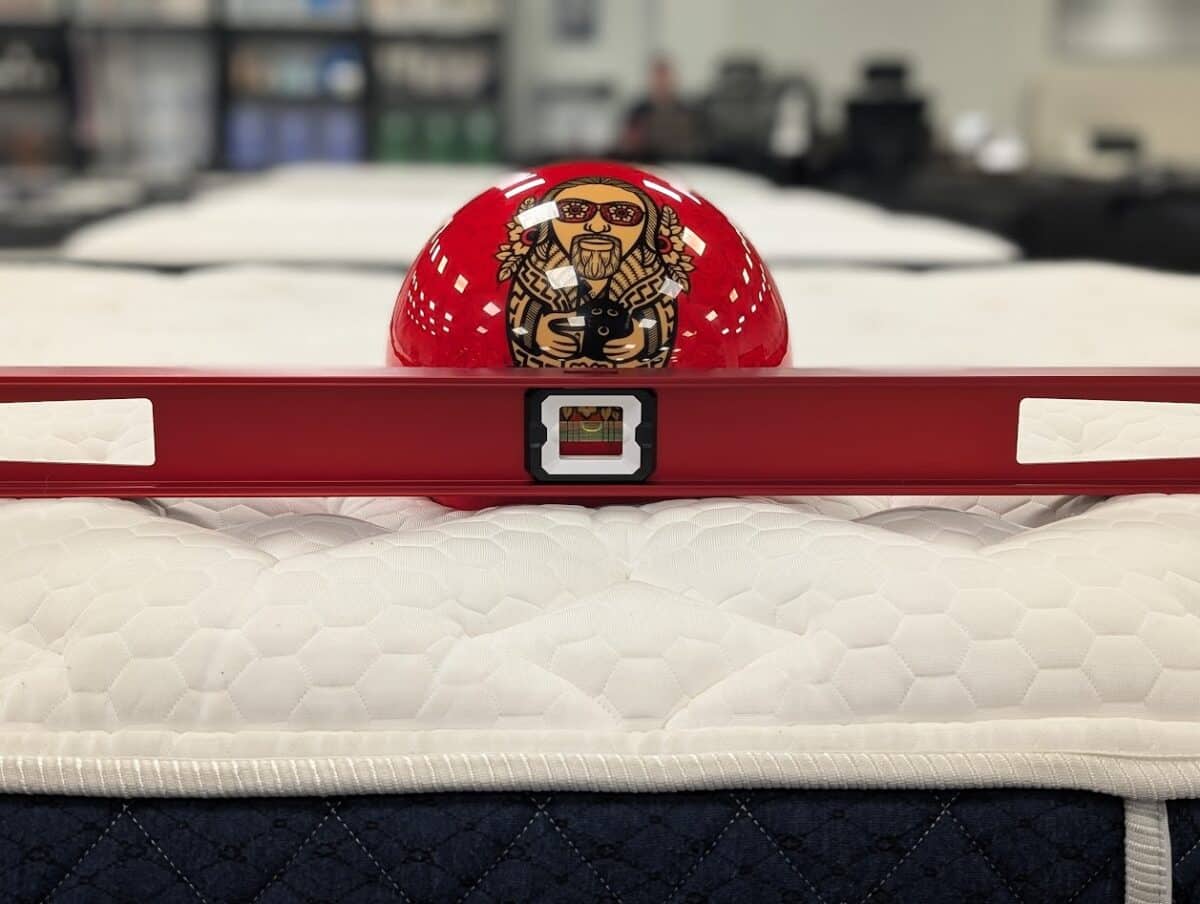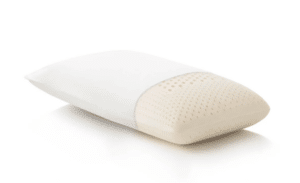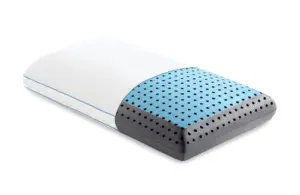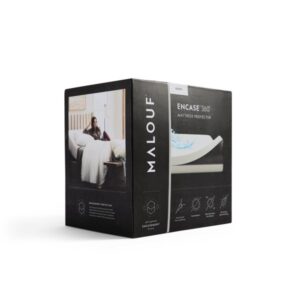The Ultimate Guide to Sleep-Storming: Understand the Concept
How Sleep Benefits Your Productivity and Creative Problem-Solving
Are you ready to unlock the untapped potential of your mind while you sleep? If you’re curious about how sleep can enhance your creativity and problem-solving abilities, you’re in the right place. Welcome to the world of sleep-storming—the innovative practice of brainstorming while you snooze, helping you tap into your brain’s hidden powers.
What is Sleep-Storming?
Sleep-storming—also known as structured unconscious generative ideation—refers to the fascinating ability to brainstorm and resolve challenges while you sleep. This method trains your mind to generate new ideas during slumber, leading to remarkable creativity and problem-solving capabilities.
Key Aspects of Sleep-Storming:
– Definition: Sleep-storming involves leveraging your brain’s natural processes during sleep for creative ideation.
– Benefits: It improves creativity, addresses everyday challenges, and boosts overall productivity.
– Method: By setting an intention before you sleep and jotting down the issue you want to solve, you allow your mind to work on it overnight.
The Science Behind Sleep-Storming
To understand how sleep-storming functions, we need to delve into the science of sleep, particularly REM sleep (Rapid Eye Movement). During this stage, your brain enters a state of heightened activity akin to wakefulness, making it an ideal time for problem-solving.
Brain Activity and REM Sleep
Throughout the night, your brain cycles through various sleep stages, including both light and deep sleep. It’s during REM sleep where the magic happens. This phase is crucial for processing information and fostering creativity. As you sleep, your subconscious mind engages in a remarkable process—making connections and tackling complex issues without the clutter of daily distractions.
Subconscious Mind at Work
Think of your subconscious as a powerful processing unit. It operates continuously, organizing information and identifying solutions that your conscious mind may overlook. By consciously setting a problem before sleep, you signal your brain to focus on finding answers. Writing down your thoughts serves to direct this powerful subconscious activity.
Creative Ideation During Sleep
History is filled with examples of incredible ideas birthed in dreams. For instance, Albert Einstein reportedly developed his theory of relativity after a dream. This illustrates just how potent sleep-storming can be; by allowing your brain to unwind, you can encourage the formation of new neural pathways leading to innovative solutions.
How Sleep-Storming Works
The mechanics of sleep-storming revolve around a straightforward process. Let’s break it down:
1. Set an Intention: Think critically about a problem you wish to address before going to bed.
2. Write It Down: Capturing your thoughts in a notebook can help deepen your subconscious engagement with the issue.
3. Relax: Engage in calming activities, such as reading or listening to soothing music, to prepare your mind for rest.
By adapting these steps into your nightly routine, you unlock the door to a wealth of creativity and efficient problem-solving while you sleep.
Practical Tips for Practicing Sleep-Storming
To maximize the benefits of sleep-storming, consider implementing the following techniques:
Keep a Notebook Handy
Dream recall is vital for effective sleep-storming. Keep a notebook nearby to jot down ideas or dreams immediately upon waking. Many successful individuals, like Michael Acton Smith (co-founder of Calm), swear by this method, enhancing their creative output significantly.
Ask Your Subconscious the Question
Renowned inventor Thomas Edison once stated, “Never go to sleep without a request to your subconscious.” Before drifting off, ask yourself a specific question related to your challenge, write it down, and then let your mind relax.
Wake Yourself Mid-Sleep
Creative minds like Salvador Dalí and Edison utilized techniques to capture fleeting ideas from dreams. Experiment with gentle wake-up methods, such as holding a spoon over a plate, to alert yourself during impactful dreaming episodes.
Learn to Have Lucid Dreams
Practicing lucid dreaming allows you to be aware of your dreams and even control them. By establishing this skill, you can explore and remember ideas more effectively. Start by repeating a mantra before sleep, such as “I will become aware that I am dreaming.”
Benefits of Sleep-Storming
Sleep-storming is not just a trendy concept; it boasts tangible benefits that can change how you think and work.
Improved Creativity
The act of sleep-storming opens the door to a realm of creativity, allowing your brain to process thoughts unseen during waking hours. By setting an intention, you create fertile ground for innovative ideas to flourish.
Enhanced Problem-Solving
Have you ever experienced the clarity of waking up with a solution to a nagging issue? By engaging your subconscious, sleep-storming promotes unique solutions that often elude your conscious thinking.
Productivity Boost
Imagine harnessing the power of sleep to tackle problems autonomously, making your days more productive. With fresh ideas at your fingertips, you can approach daily challenges with renewed energy.
Real-Life Examples of Sleep-Inspired Ideas
Some of history’s most groundbreaking ideas have roots in sleep:
– Einstein’s Theory of Relativity: The implications of this revolutionary concept arose from insights gleaned during a dream.
– Periodic Table of Elements: Dmitri Mendeleev dreamt of a clear arrangement of elements, leading to the formulation of this scientific cornerstone.
– Sewing Machine Invention: Elias Howe’s dream involving cannibals inspired the innovative design of the sewing machine.
These examples exemplify that sleep-storming holds significant, transformative power.
Conclusion
Sleep-storming merges the art of sleep with creative problem-solving, illuminating the incredible potential your mind possesses while you slumber. By effectively utilizing practices such as setting intentions and engaging in lucid dreaming, you can unlock a wellspring of innovative ideas during your nighttime rest.
At Yawnder, we recognize the importance of quality sleep in enhancing productivity and creativity. To support your endeavors in sleep-storming, we offer an array of sleep products tailored to help you achieve the best rest possible. By weaving sleep-storming into your nightly routine and using our sleep solutions, you empower yourself to face each day armed with fresh ideas and solutions. Here’s to better sleep and brighter ideas!



















